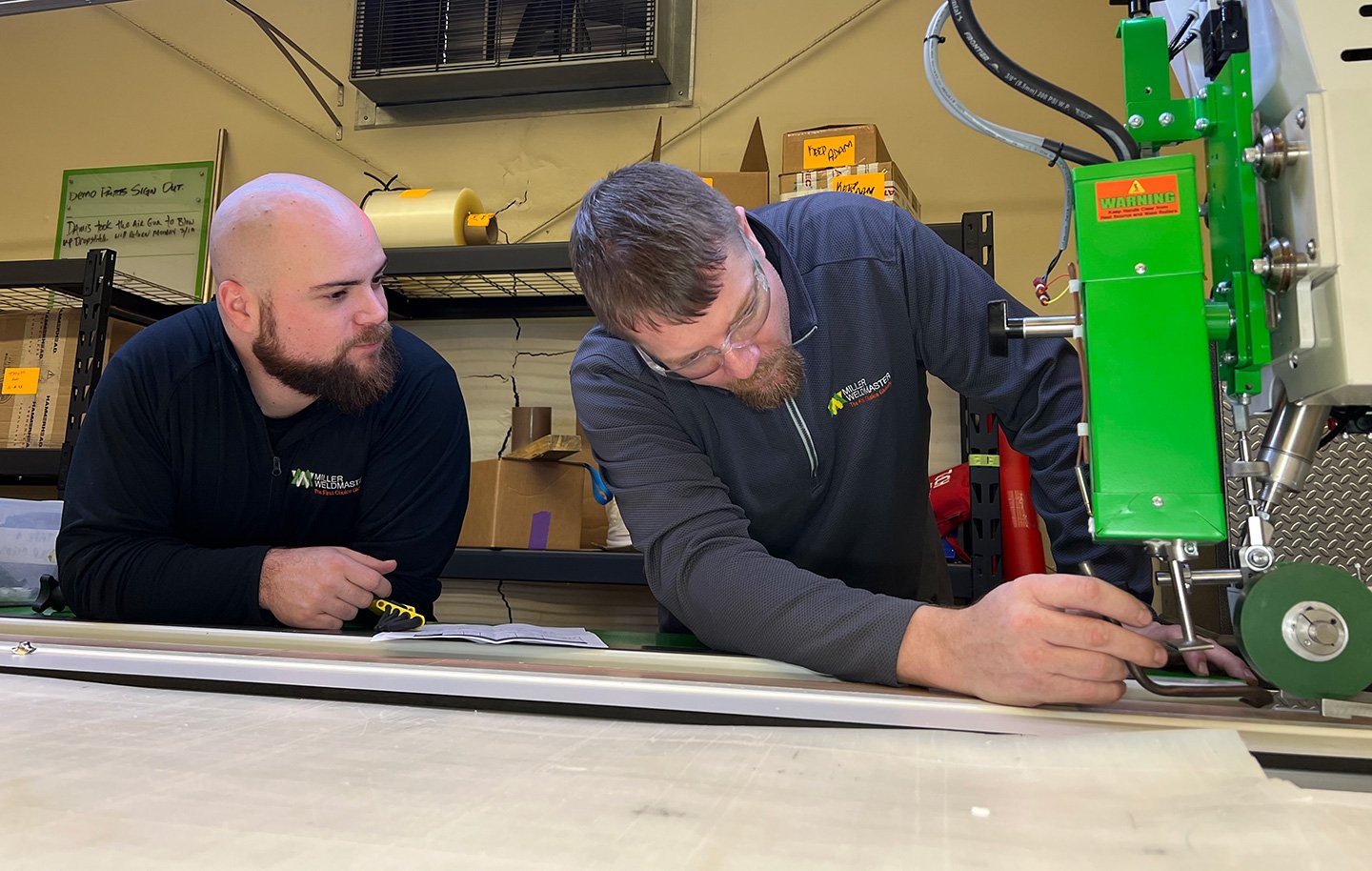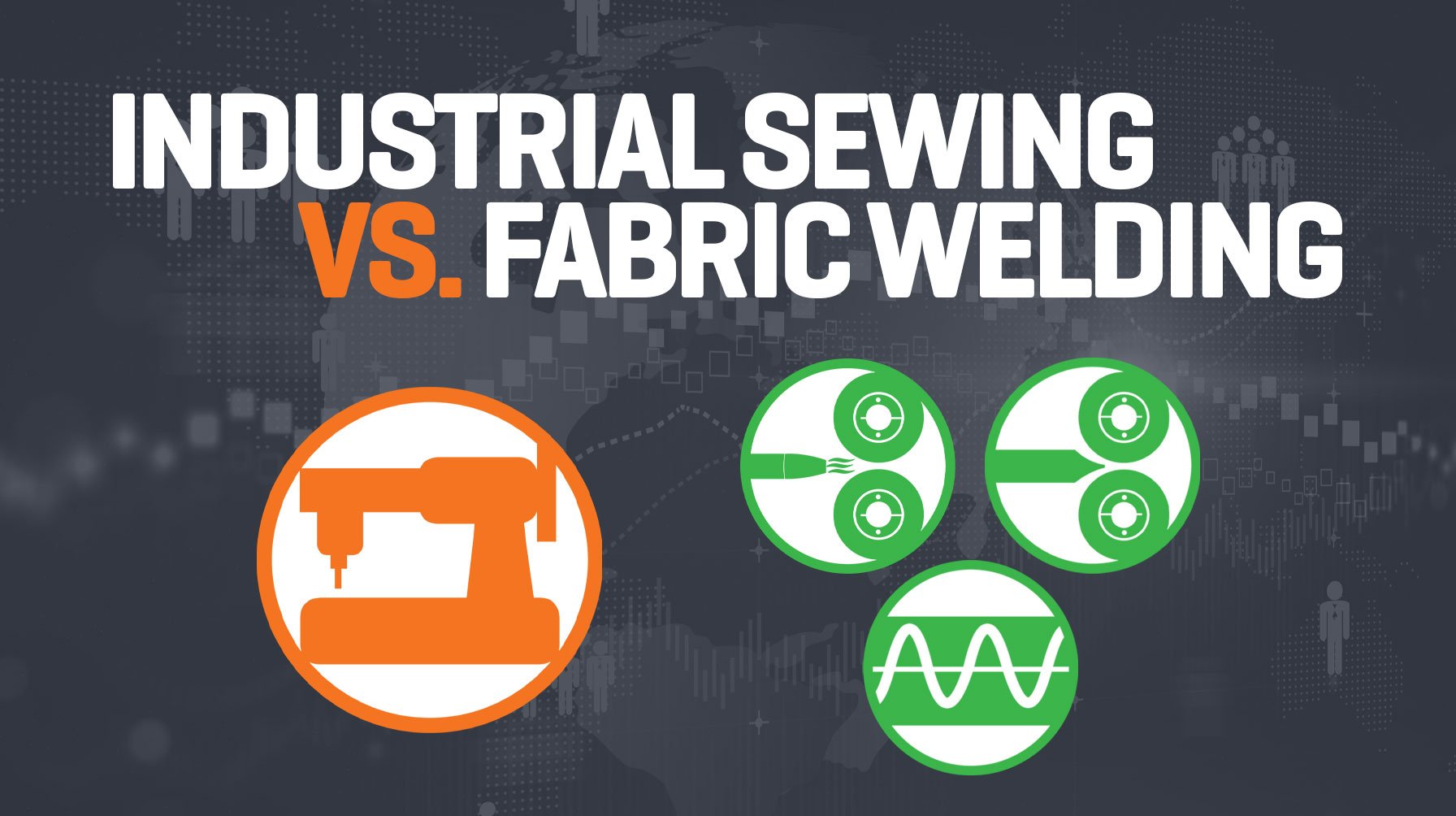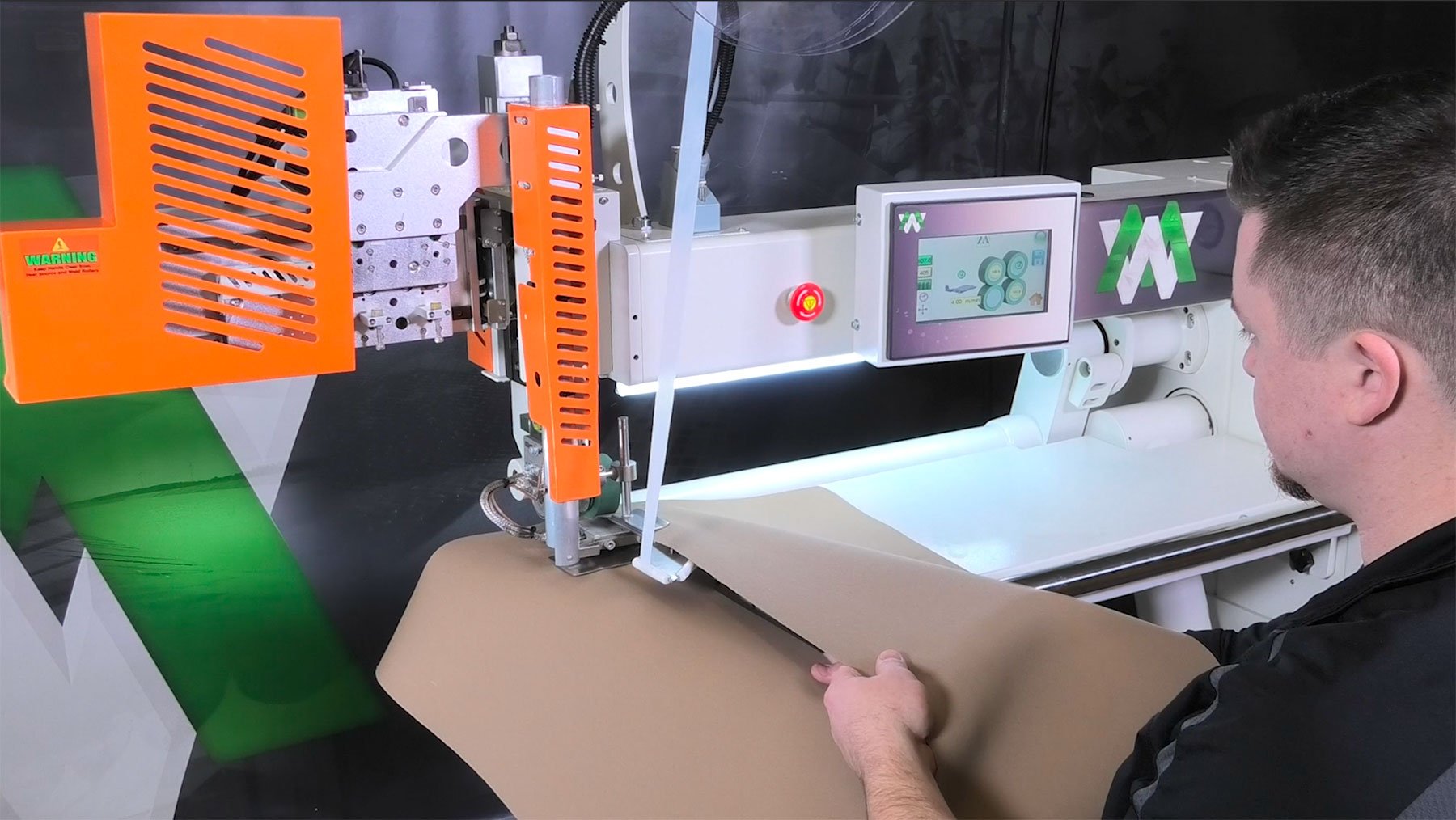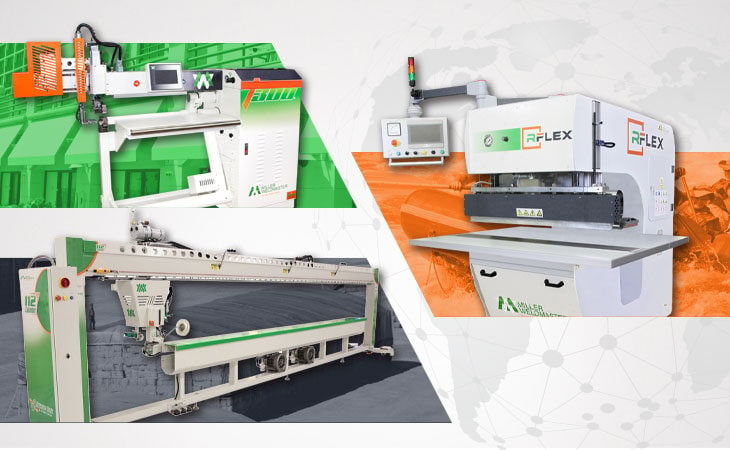As the fabric welding industry evolves, staying on top of the latest trends is crucial for manufacturers aiming to enhance operational efficiency and maintain competitiveness. This blog delves into the significant advancements in fabric welding technology, highlighting innovations that promise to transform production processes and outcomes. By understanding these developments, manufacturers can better navigate the complexities of the industry and leverage cutting-edge techniques to optimize their processes. To explore more about our comprehensive welding solutions, visit our homepage.
Emerging Trends in Hot Air Welding Technology for Manufacturers
The landscape of industrial fabric welding is continuously influenced by technological advancements that address key manufacturing challenges and drive efficiency. Laser technology has emerged as a pivotal innovation in the textile and clothing industry, specifically regarding laser welding and cutting systems tailored for textile processing. Automation and sustainability are at the forefront, reshaping traditional practices and setting new standards for quality and environmental responsibility.
Automation in Fabric Welding: Transforming Efficiency
Automation is playing a pivotal role in fabric welding solutions that streamline processes and minimize manual errors. Welding machines are essential tools for achieving high-quality welds in various applications, emphasizing their role in transforming traditional practices. These technologies enhance precision and consistency, leading to improved product quality and faster production rates. For example, automated welding systems can monitor parameters in real-time, ensuring optimal welds while reducing waste and operational costs.
The Role of Sustainable Welding Solutions in Industrial Fabrication
Sustainability is increasingly becoming a priority, with manufacturers seeking to minimize environmental impact while maintaining productivity and profitability. Advanced welding technologies now offer methods to reduce energy consumption and incorporate recycled materials. These sustainable practices not only help companies meet regulatory requirements but also appeal to eco-conscious consumers, potentially opening new markets and opportunities.
Latest Innovations Enhancing Fabric Welding Precision and Quality
Innovation in fabric welding technology is not just about automation; it’s also about enhancing the precision and quality of the welds. Ultrasonic technology, which uses high-frequency vibrations to melt and fuse thermoplastic materials quickly and efficiently, offers significant advantages for delicate textiles by eliminating the need for seams or additional materials like thread or tape. Recent developments have introduced more sophisticated control systems and techniques like ultrasonic welding, which provides superior seam strength and aesthetics.
Ultrasonic Welding: A Game-Changer for Precision
Ultrasonic welding uses high-frequency ultrasonic acoustic vibrations to create heat and bond fabrics together. This method is highly effective for synthetic and thermoplastic materials, offering fast processing times and strong, clean welds without the need for adhesives or solvents. It is particularly beneficial for applications requiring detailed contour welding and waterproofing capabilities.
Advances in Welding Control Systems for Quality Assurance
Modern fabric welding involves complex control systems that monitor and adjust welding parameters to ensure high-quality outcomes. These systems can detect potential defects early in the welding process, thereby reducing waste and ensuring that the final products meet strict quality standards. Implementing such advanced systems helps manufacturers maintain a competitive edge by consistently producing superior products.
Heat-Based Welding Techniques: Exploring Traditional and Modern Methods
Heat-based welding techniques have long been a cornerstone in the textile manufacturing industry, providing reliable and robust solutions for joining materials. These methods utilize heat to fuse fabrics, ensuring strong and durable bonds that withstand various stresses. Among the most prominent techniques are ultrasonic welding, hot wedge welding, hot air welding, and laser welding, each offering unique advantages and applications.
Ultrasonic Welding: This modern technique employs high-frequency ultrasonic acoustic vibrations to generate heat and bond fabrics. Ultrasonic welding is particularly effective for synthetic and thermoplastic materials, delivering fast processing times and clean, strong welds without the need for adhesives or solvents. Its precision makes it ideal for applications requiring detailed contour welding and waterproofing capabilities.
Hot Wedge Welding: A traditional yet highly effective method, hot wedge welding uses a heated wedge to melt the fabric surfaces, which are then pressed together to form a bond. This technique is widely used for creating straight seams in coated materials and technical textiles, offering excellent control over welding parameters and ensuring consistent quality.
Hot Air Welding: Similar to hot wedge welding, hot air welding utilizes a stream of hot air to melt the fabric surfaces before pressing them together. This method is versatile and can be used for a variety of materials, including polyester fabrics and other synthetic fabrics. Hot air welding is particularly useful for applications requiring flexibility and adaptability in the welding process.
Laser Welding: Representing the cutting edge of welding technology, laser welding uses focused laser beams to melt and join materials. This technique offers unparalleled precision and control, making it suitable for intricate and high-precision applications. Laser welding is increasingly being adopted for its ability to produce clean, strong welds with minimal thermal distortion.
By understanding and leveraging these heat-based welding techniques, manufacturers can enhance their production processes, ensuring high-quality outcomes and meeting the diverse needs of their clients. Whether utilizing traditional methods like hot wedge and hot air welding or embracing modern innovations like ultrasonic and laser welding, staying informed about these techniques is crucial for maintaining a competitive edge in the industry.
Addressing Challenges in Adopting New Welding Technologies
While the benefits of new welding technologies are clear, their adoption can pose significant challenges, including high initial costs and the need for specialized training for workers. Welding training can be significantly enhanced through the use of augmented reality (AR), which provides a risk-free environment for learners to practice and refine their welding skills using realistic simulations and feedback.
Cost Management Strategies for New Welding Tech
Adopting new technologies requires careful financial planning. Manufacturers can manage costs through phased implementation and exploring funding options available for technological upgrades. Some have succeeded in implementing new systems without disrupting their financial stability by taking strategic, calculated steps.
Training and Upskilling Workers for Modern Welding Methods
The success of new welding technologies also depends on the workers' ability to operate them effectively. Investing in training and upskilling initiatives is essential. Manufacturers can organize workshops, collaborate with technology providers for customized training programs, and provide continuous on-site training to ensure that their workforce is proficient in the latest welding techniques.
How Trends in Fabric Welding Impact Miller Weldmaster’s Solutions
These evolving trends resonate with Miller Weldmaster's commitment to innovation and quality in fabric welding. Our solutions are designed to align with the latest industry standards, focusing on efficiency, sustainability, and superior performance.
Miller Weldmaster’s Approach to Sustainable Fabric Welding
At Miller Weldmaster, we prioritize sustainability. Our welding systems are engineered to maximize energy efficiency and incorporate features that reduce material waste. Our commitment extends beyond product design; we continuously seek to improve our manufacturing processes and encourage recycling and responsible use of resources.
Supporting Manufacturers with Cutting-Edge Welding Technology
We provide robust support to manufacturers, ensuring they can effectively integrate and leverage the latest fabric welding technologies. In evaluating different technology options for finishing printed fabrics and textiles, we also consider the advantages and disadvantages of sewing machines versus high-frequency welding. Our comprehensive training programs, adaptable welding systems, and dedicated customer support are designed to help our clients achieve their production goals while adapting to industry changes.





